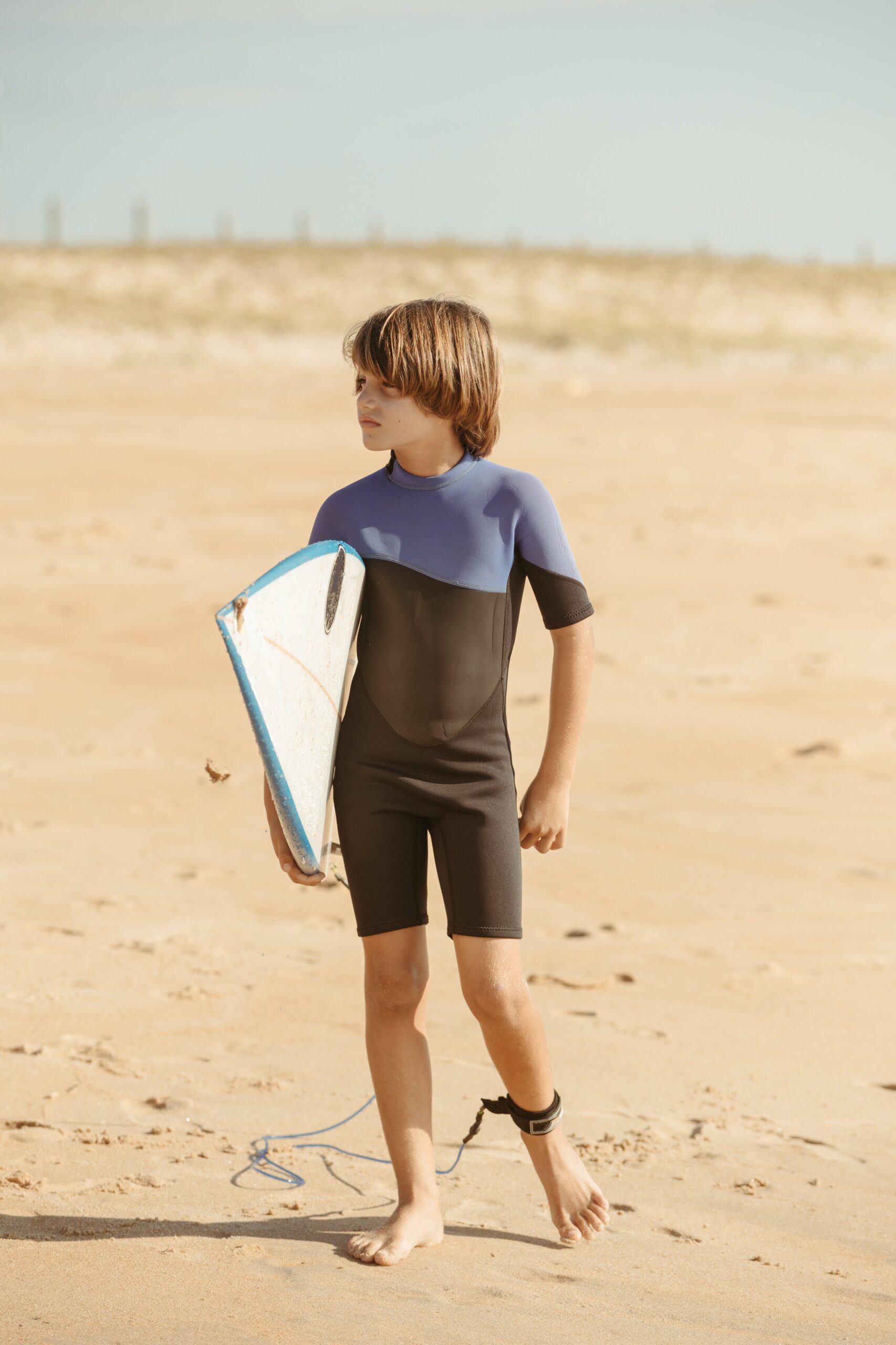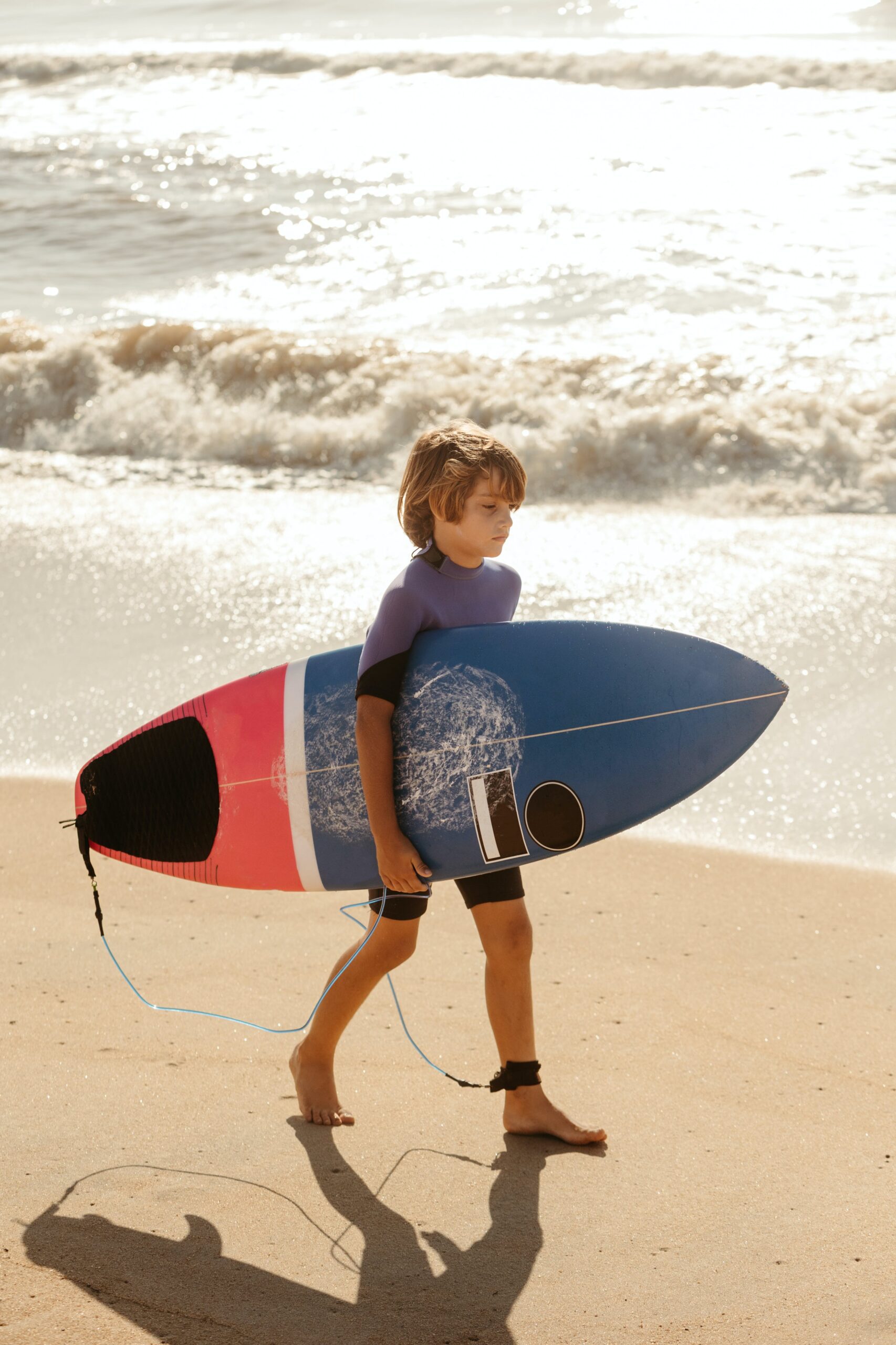If you’re planning a thrilling adventure in the great outdoors, safety should be your number one priority. Whether you’re embarking on a hike through rugged terrain or soaring through the trees on a zip-line, there are important safety tips to keep in mind. From staying hydrated and wearing proper footwear to understanding the equipment and being aware of your surroundings, these tips will help ensure a safe and enjoyable experience. So, before you embark on your next outdoor adventure, take a moment to familiarize yourself with these essential safety precautions.

Hiking Safety Tips
Know the Trail and Conditions
Before embarking on a hiking adventure, it’s essential to gather information about the trail you plan to explore. Familiarize yourself with the length, elevation gain, difficulty level, and any potential hazards. Research the trail conditions and check if there are any known issues, such as fallen trees or washed-out sections. This knowledge will help you prepare adequately and make informed decisions before and during your hike.
Check the Weather Forecast
Always check the weather forecast before heading out on a hike. Changes in weather conditions can significantly impact the safety of your hike. Be aware of the possibility of thunderstorms, heavy rain, extreme heat, or other adverse weather conditions that could make the trail treacherous. It’s best to reschedule or adjust your plans accordingly if the forecast predicts dangerous conditions.
Wear Appropriate Clothing and Footwear
When it comes to hiking, choosing the right clothing and footwear is crucial for your safety and comfort. Opt for clothing made of moisture-wicking and breathable materials to keep you dry and prevent overheating. Layering is also important, as it allows you to adjust to changing temperatures. Proper hiking boots or shoes that provide ankle support, good traction, and protection from uneven terrain are essential. Don’t forget a hat and sunglasses to shield yourself from the sun.
Carry Essential Gear
Prepare a hiking backpack with essential gear. This includes a detailed trail map, compass or GPS device, first aid kit, headlamp or flashlight, whistle, multi-tool, rain gear, extra food and water, and a fully charged cell phone. Make sure to inform someone about your hiking plans and estimated return time. Carrying the necessary gear will ensure you are prepared for any unforeseen circumstances that may arise while on the trail.
Stay Hydrated
Staying hydrated is critical during a hike to prevent dehydration and related health issues. Carry an adequate supply of water and drink regularly, even if you don’t feel thirsty. It’s recommended to carry at least one liter of water per hour of hiking, and more if the weather is particularly hot or if you’ll be out for an extended period. Consider using a hydration pack or water bottle with a built-in filter if you’re hiking in an area with limited water sources.
Use Sun Protection
Protecting yourself from the sun’s harmful rays is crucial when spending time outdoors. Apply a broad-spectrum sunscreen with a high SPF before starting your hike, even on cloudy days. Reapply it regularly, especially after sweating or swimming. Wear a wide-brimmed hat to shield your face and neck from the sun and wear UV-protective sunglasses to safeguard your eyes. Don’t forget to protect your lips with a lip balm that contains SPF.
Follow Trail Etiquette
When hiking, it’s important to be considerate of others sharing the trail. Follow trail etiquette by yielding to uphill hikers, staying on designated trails, and not cutting switchbacks. Keep noise to a minimum to preserve the serenity of nature. Leave enough space between your group and others to maintain privacy and avoid crowding. If you come across others on the trail, greet them with a smile and offer a friendly word of encouragement or a simple hello.
Beware of Wildlife
Encountering wildlife is an exciting part of hiking, but it’s essential to respect their space and observe from a safe distance. Familiarize yourself with the wildlife species that inhabit the area you’ll be hiking in and know what to do if you encounter them. Avoid feeding wildlife, as it disrupts their natural behaviors and can be dangerous for both animals and humans. Carry bear spray if hiking in bear country and make noise to alert animals of your presence.
Hike with a Buddy
Hiking with a buddy is always a good idea and adds an extra layer of safety. Having a hiking companion means there’s someone to assist if you encounter any difficulties or emergencies. Additionally, it can be a more enjoyable experience to share the adventure and create lasting memories together. If you can’t find a hiking buddy, consider joining a local hiking group or utilizing hiking apps to connect with fellow outdoor enthusiasts.
Leave No Trace
One of the foundational principles of outdoor recreation is leaving no trace. This means leaving the natural environment as you found it, minimizing your impact on the trail and surrounding areas. Pack out all trash, including biodegradable waste like apple cores, as they take longer to decompose in natural environments. Stay on designated trails to avoid trampling vegetation and disturb wildlife habitats. By practicing leave no trace principles, you contribute to the preservation of our precious outdoor spaces for future generations.
Zip-lining Safety Tips
Choose a Reputable Zip-lining Tour Operator
When planning a zip-lining adventure, it’s crucial to choose a reputable tour operator. Research and select a company that is well-established, licensed, and follows industry safety standards. Look for customer reviews and ratings to gauge the operator’s reputation and the quality of their equipment and procedures. A reliable tour operator will prioritize your safety and ensure you have an enjoyable experience.
Check Safety Certifications and Inspections
Before putting on that harness, it’s essential to ensure that the zip-lining course and equipment meet safety standards. Verify that the tour operator has obtained proper safety certifications and that their courses undergo regular inspections by independent authorities. This will give you peace of mind knowing that the zip-lining course has been evaluated for its safety features and adherence to regulations.
Listen to the Safety Briefing
Before embarking on your zip-lining adventure, you’ll receive a safety briefing from the instructor or guide. Listen attentively and follow all instructions provided. Pay close attention to how to properly attach and detach yourself from the zip-line, as well as other safety procedures recommended by the tour operator. Even if you’ve zip-lined before, it’s essential to refresh your memory and ensure you fully understand the safety guidelines of that specific course.
Wear the Correct Gear
Proper gear is essential to ensure your safety during a zip-lining experience. Wear a securely fitted helmet that meets safety standards to protect your head from potential impacts. Make sure your harness is correctly fastened and adjusted by a trained staff member or guide. Double-check that all snaps and buckles are secure before starting the adventure. Additionally, wear closed-toe shoes with good traction to provide stability and prevent injuries.
Follow the Instructor’s Guidance
While zip-lining, it’s crucial to follow the guidance of the instructor or guide. They are well-trained individuals who understand the course and its potential risks. They will provide instructions on how to launch yourself from one point to another and maintain control. Pay attention to their signals and follow their guidance to ensure a smooth and safe zip-lining experience.
Maintain Proper Body Position
Maintaining the correct body position is important to prevent injuries and ensure a pleasant zip-lining experience. Keep your body straight and your knees slightly bent to maintain stability and control. Avoid crossing your legs or kicking your feet excessively, as it can interfere with your balance and control. Remember to relax and enjoy the ride while staying focused on the instructor’s instructions.
Do Not Touch the Cable
During a zip-lining adventure, it is crucial never to touch the cable or any other equipment. Touching the cable can lead to rope burns or other injuries. Keep your hands to yourself and refrain from grabbing or trying to slow yourself down by touching the cable. Trust the equipment and focus on using proper body position and technique to control your speed.
Control Your Speed
Maintaining an appropriate speed is essential for a safe and enjoyable zip-lining experience. Follow the instructions given by the guide on how to slow down or speed up. Applying too much brake can cause you to get stuck mid-line, while going too fast can increase the risk of collision at the landing platform. Adhere to the recommended speed guidelines to ensure a smooth and controlled descent.
Be Aware of Surroundings
When zip-lining, it’s important to be aware of your surroundings at all times. Enjoy the stunning views, but remain vigilant and alert. Pay attention to any upcoming obstacles or potential hazards on the course, such as tree branches or uneven terrain. Being aware of your surroundings will help you anticipate and react quickly to any unexpected situations that may arise.
Know Emergency Procedures
While zip-lining is generally a safe activity, it’s crucial to be prepared for emergencies. Familiarize yourself with the emergency procedures provided during the safety briefing. Understand how to signal for help or communicate with the guide in case of an emergency. Knowing these procedures will give you confidence and ensure a prompt response if any unforeseen incidents occur.
Remember, whether you’re hiking or zip-lining, safety should always be a top priority. By following these tips and guidelines, you can have a memorable and enjoyable outdoor adventure while minimizing the risks involved. So, lace up those hiking boots or put on that harness, and embark on your next outdoor adventure with confidence!

